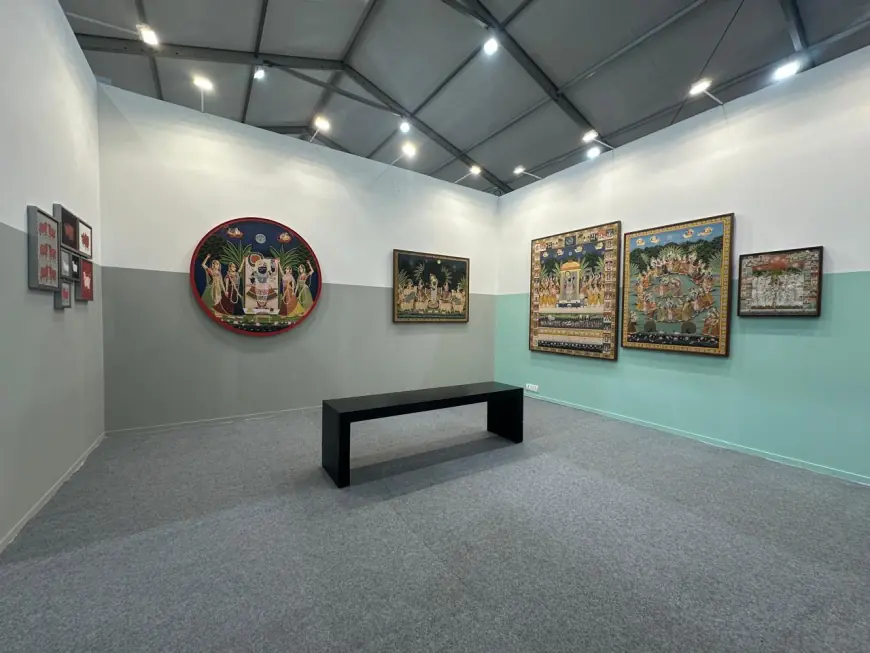The Artistic Brilliance of Famous Mughal Miniature Painting
Famous Mughal Miniature Painting represents one of the most exquisite art traditions of India, flourishing under the patronage of Mughal emperors from the 16th to 19th centuries. Known for their intricate brushwork, rich colors, and fine detailing, these paintings depict royal life, battles, courtly romance, and nature with remarkable precision. Influenced by Persian artistry yet deeply rooted in Indian culture, each miniature tells a story that blends history with elegance. Today, Famous Mughal Miniature Painting is admired by collectors and art enthusiasts worldwide, not just for its beauty, but for preserving the grandeur and sophistication of a bygone royal era in timeless visual form

The First Time I Saw One
The first time I stood in front of a Famous Mughal Miniature Painting, I honestly didn’t know where to look first. It wasn’t just a painting — it was a whole world on a piece of paper no bigger than a notebook. I could see jeweled turbans, patterned carpets, tiny flowers in the grass, and expressions so real it felt like the people might start talking. That’s the magic of these artworks — they pull you in, quietly, without asking for attention.
A Royal Beginning
The story of Famous Mughal Miniature Paintings starts in the royal courts of the 16th century. Emperor Akbar, known for his love of culture, invited artists from Persia, Central Asia, and India to work together. The result was a style that combined precision with poetry. These paintings weren’t made to hang on walls — they were kept in albums, shown only to select eyes, almost like treasures whispered about but rarely seen.
Why They’re Different
What sets Famous Mughal Miniature Paintings apart is their obsession with detail. A single flower might have shades you didn’t even know existed. The folds in a robe follow the natural flow of the fabric. The eyes of the figures aren’t just dots — they have emotion, curiosity, even pride. I once learned that artists sometimes used brushes made from a single squirrel hair just to get the thinnest lines possible. That’s patience on another level.
From Palaces to Our Walls
Over time, these paintings moved from royal libraries to museums, and now even into people’s homes. Collectors see them as both art and history. Their influence is still alive today — modern artists borrow their colors, patterns, and storytelling styles. Some, like Pichwai Art by Pooja Singhal, even blend Mughal-inspired elegance into devotional artworks, proving that tradition can evolve without losing its soul.
How They’re Made
Making a Mughal miniature isn’t quick work. The surface has to be perfectly smooth before the drawing begins. Then, artists apply layers of natural pigments, outline every shape with a steady hand, and sometimes finish with gold leaf. Each step is slow, deliberate, and deeply personal. That’s why the Famous Mughal Miniature Paintings we admire today still feel alive — they were made with time, care, and intention.
Why They Still Matter
These paintings aren’t just pretty pictures; they’re stories from a time when art was about observation, patience, and pride in the smallest details. They remind us of a world where beauty wasn’t rushed. And in our fast-scrolling, instant-photo age, spending a few minutes with a miniature painting feels like taking a deep breath. That’s why Famous Mughal Miniature Paintings will always have a place in the hearts of art lovers.
What's Your Reaction?
 Like
0
Like
0
 Dislike
0
Dislike
0
 Love
0
Love
0
 Funny
0
Funny
0
 Angry
0
Angry
0
 Sad
0
Sad
0
 Wow
0
Wow
0


















































